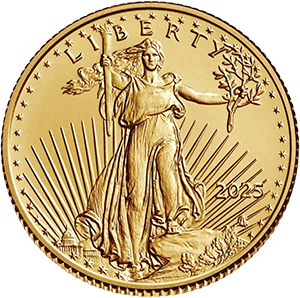
The Susan B. Anthony Dollar is one of the most interesting coins in U.S. history. Introduced in 1979 to honor the suffragist and women’s rights leader, Susan B. Anthony, the coin was designed to replace the $1 bill. However, its reception was far from what the U.S. Mint expected. In this post, we’ll explore the history of the Susan B. Anthony Dollar, the reasons it was introduced, and why it was eventually discontinued.
The Birth of the Susan B. Anthony Dollar
The late 1970s saw an increasing need for a new $1 coin. The U.S. Mint faced rising production costs for paper currency and wanted a durable alternative. The decision to feature Susan B. Anthony was groundbreaking because she was the first woman to be depicted on a circulating U.S. coin (excluding Liberty and allegorical figures).
Design and Controversy
-
Obverse: The obverse features a portrait of Susan B. Anthony designed by Frank Gasparro, the Chief Engraver of the U.S. Mint. The coin’s design was based on a photograph taken of Anthony in the late 1800s.
-
Reverse: The reverse shows an eagle landing on the moon, a design lifted from the Apollo 11 mission patch, symbolizing the U.S. space program’s triumph.
Despite its symbolic value, the coin's reception was lukewarm. Critics found the coin's design too small, too similar to the quarter, and, ultimately, confusing in circulation.
Failure to Gain Traction
The Anthony Dollar was released to much fanfare in 1979, but it quickly proved to be unpopular. Its size and weight were almost identical to the quarter, making it easy to confuse in vending machines, grocery stores, and public transportation systems. The public's reluctance to carry coins instead of paper bills contributed to its quick demise. By 1981, the coin was no longer in production, and the Mint opted to return to paper bills for the $1 denomination.
Next Step: In our next post, we’ll dive into the design details of the Susan B. Anthony Dollar, exploring the obverse and reverse symbolism and the reasoning behind these important design choices.

